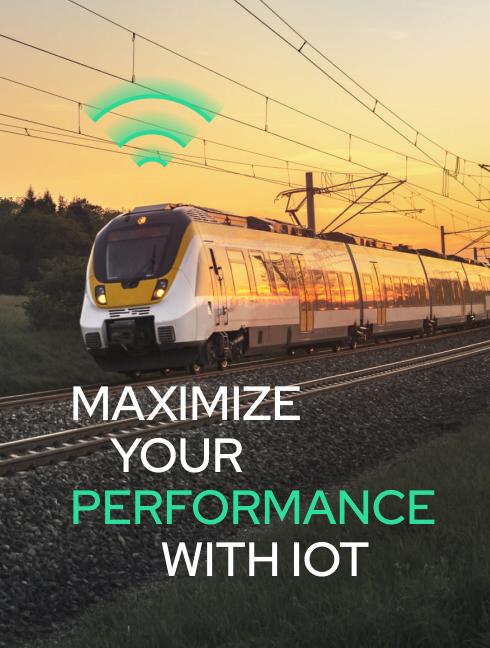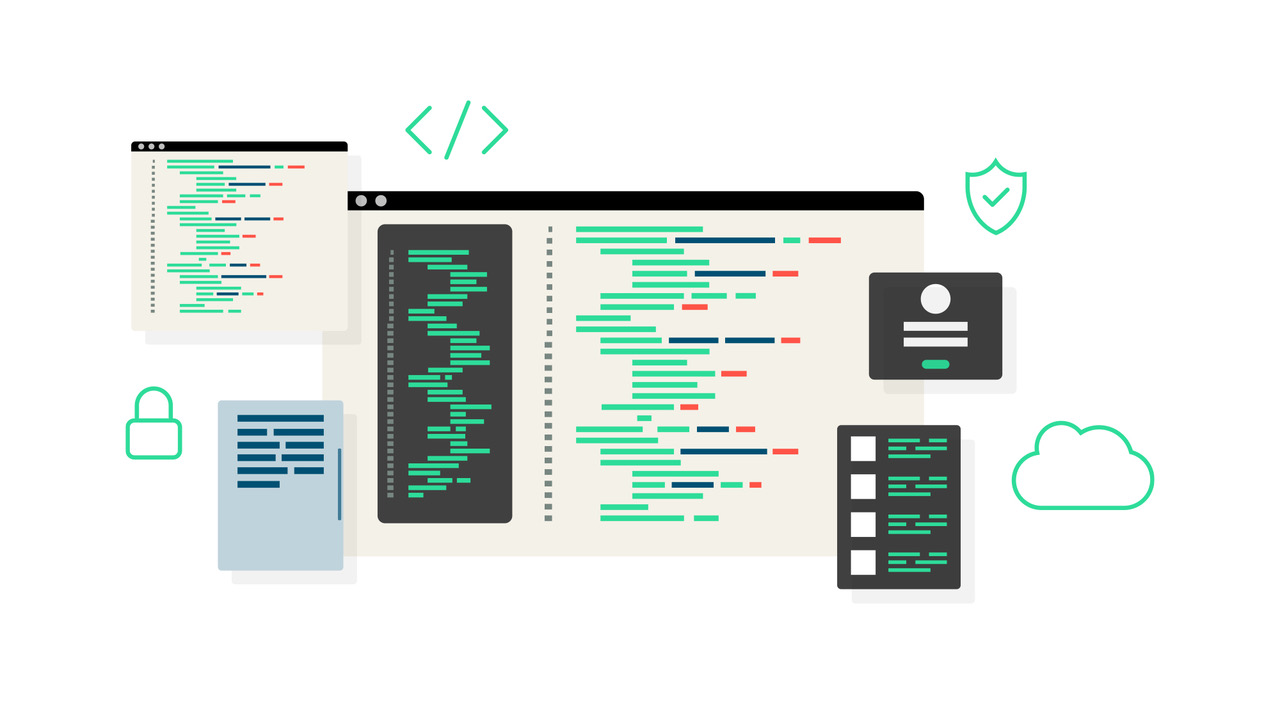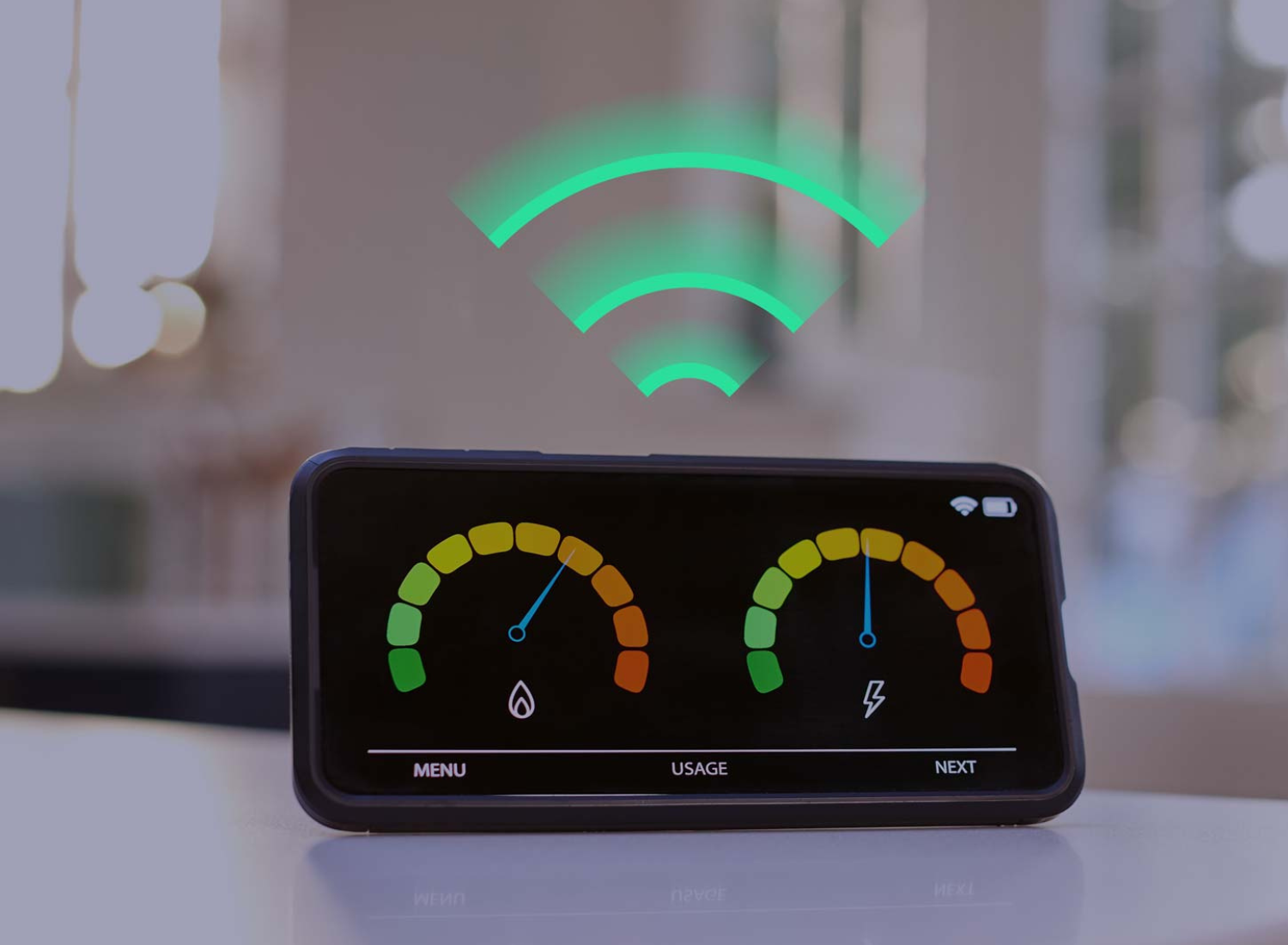What are LTE-M and NB-IoT?
Both technologies are today being widely adopted in everything from embedded industry to commercial off-the-shelf products, within tracking, monitoring and telemetry solutions, energy industry and wearable devices.
LTE-M has shown to be an important technology for both replacing legacy devices in the transformation process from sunsetting of the 2G networks and offering new functionality for innovative IoT products.
While NB-IoT offers functionality for even more power constraint devices in challenging coverage, opening for new business and technology opportunities.
Why you should adopt LPWA technologies
There are several advantages of using LTE-M and NB-IoT in IoT deployments. These include:
- Extended Battery Life: Both technologies are designed to be low-power, meaning that they use less energy and supports new functions for power saving, ideal for battery operated equipment with several years of lifetime
- Improved Coverage: LTE-M and NB-IoT provides better more in-depth coverage than traditional cellular networks, making them ideal for IoT devices that are located in remote areas or underground.
- Cost-Effective: With reduced complexity, cellular LPWA devices are typically more cost-effective than traditional cellular devices, making them an attractive option for IoT deployments that require large-scale connectivity.
- Security: Both technologies uses modern and advanced encryption and authentication mechanisms, providing a high level of security for IoT devices.
- Scalability: LTE-M and NB-IoT networks can support a large number of IoT devices, making them ideal for deployments that require scalable connectivity.
How LTE-M and NB-IoT related to the 5G ecosystem
Although LTE-M and NB-IoT are separate technologies, they are the standardized technologies that are delivering on the massive Machine Type Communication (mMTC) pillar of 5G.
Both technologies are designed to work alongside 5G networks, providing additional coverage and connectivity to low-power IoT devices.
Com4 can help you choosing the right LPWA technology for your IoT projects. We have a unique expertise in supporting you deploying the right LPWA technology for your application.







